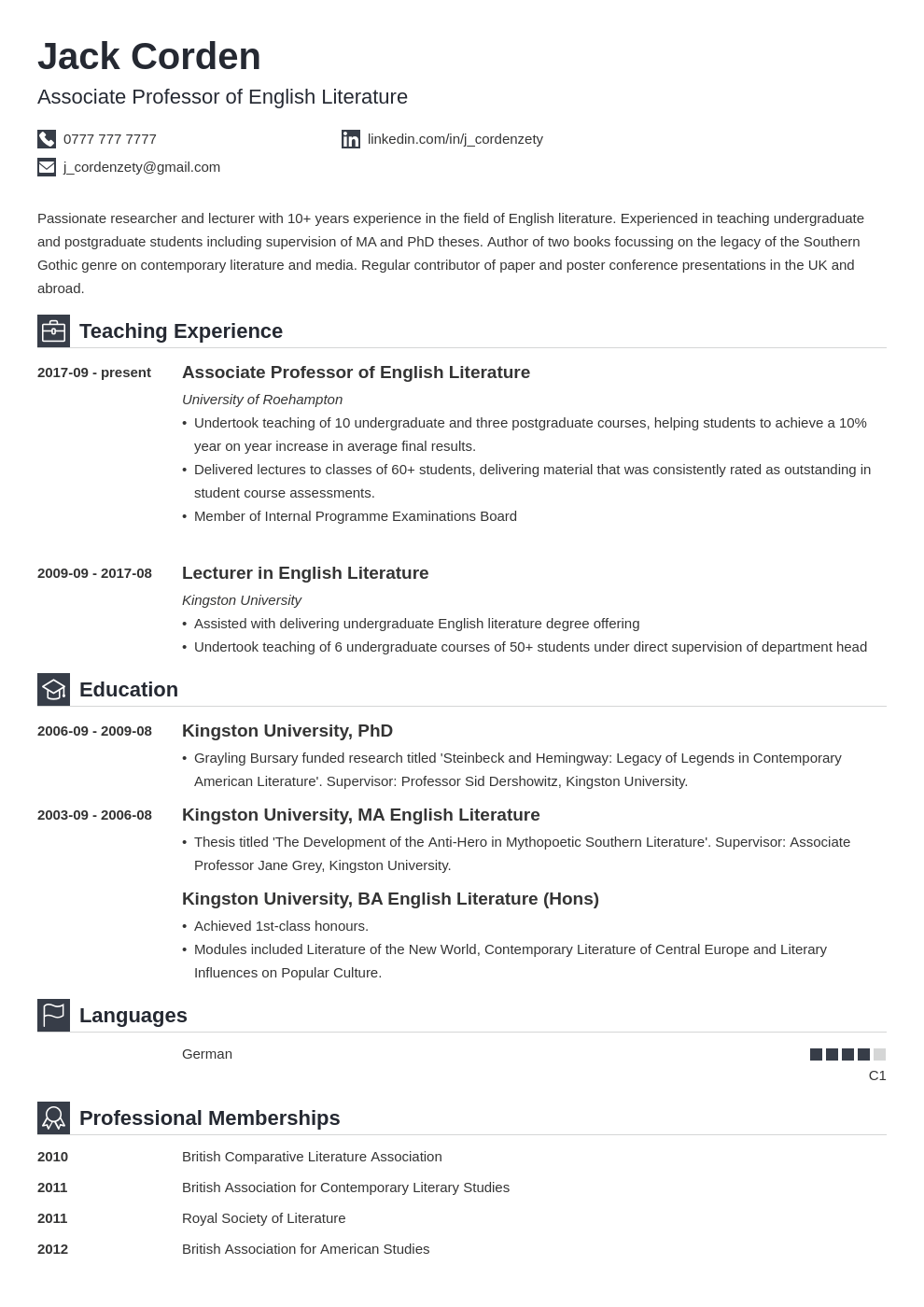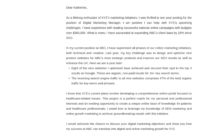Embarking on a journey towards a Master’s degree is an exciting, yet often challenging, endeavor. One of the most critical steps in this process is presenting a compelling application, and at its heart lies your academic CV. Unlike a standard professional resume, an academic CV is a unique document designed to showcase your scholarly achievements, research potential, and academic trajectory.
Crafting an academic CV that truly stands out requires a thoughtful approach, understanding what admissions committees are looking for, and presenting your qualifications in a clear, impactful way. This article will guide you through the essential components and best practices to help you create an effective academic CV template for masters application, ensuring your academic story is told powerfully and persuasively.
What Makes an Academic CV Different?
When you’re applying for a Master’s program, the admissions committee isn’t primarily interested in your typical work history in the same way a job recruiter might be. Instead, they want to see your academic journey, your research capabilities, your scholarly contributions, and your potential to succeed in a rigorous graduate environment. An academic CV, often much longer than a traditional resume, serves as a comprehensive record of your academic life, detailing everything from your education and research projects to publications, presentations, and teaching experiences.
Think of your academic CV not just as a list of achievements, but as a narrative of your intellectual development. It demonstrates your engagement with your field, your ability to conduct research, your critical thinking skills, and your commitment to scholarship. Every section should contribute to painting a picture of you as a promising future academic or researcher, ready to delve deeper into your chosen discipline.
Key Sections to Include
While the exact sections might vary slightly depending on your field and the specific program, a strong academic CV for a Master’s application typically includes the following core components. Presenting these clearly and concisely will allow the admissions committee to quickly grasp your qualifications and see how you align with their program’s goals.

-
Education: Detail all degrees obtained or in progress, including institutions, dates of attendance, major/minor, thesis titles (if applicable), and any significant academic honors or GPA (if impressive).
-
Research Experience: This is paramount. Describe your research projects, your role in them, the methodologies used, and the key findings or outcomes. Be specific about your contributions.
-
Publications: List any published journal articles, conference papers, book chapters, or even works in progress. Follow a consistent citation style.
-
Presentations: Include any oral presentations or poster sessions at academic conferences, seminars, or symposia. Specify the event and date.
-
Awards and Honors: Document scholarships, fellowships, grants, dean’s list mentions, and other academic recognitions.
-
Teaching Experience: If you’ve been a teaching assistant, lab instructor, or tutor, describe your responsibilities and achievements in these roles.
-
Relevant Skills: List technical skills (e.g., specific software, programming languages, lab techniques), research methodologies, statistical analysis tools, and language proficiencies.
-
References: Usually, “References available upon request” is sufficient, but some programs might ask for specific names and contact information directly on the CV or as a separate document.
Remember, while this structure provides a solid foundation, always consider the specific Master’s program you are applying to. Tailor the emphasis and order of these sections to best highlight experiences most relevant to the program’s focus, whether it is research-intensive, professional, or interdisciplinary.
Crafting Your Academic Story: Tips for a Standout CV
Merely listing your accomplishments isn’t enough; your academic CV needs to tell a compelling story. It’s about showcasing not just what you’ve done, but the impact of your work, the skills you’ve developed, and your potential for future contributions. Think about how each entry contributes to your overall narrative as a dedicated and promising scholar. Focus on outcomes and quantifiable achievements whenever possible, moving beyond simple descriptions to demonstrate real impact.
Clarity and conciseness are your allies, even in a comprehensive document. Use strong action verbs to describe your roles and responsibilities. Avoid jargon that isn’t universally understood within your field, and ensure your formatting is clean, consistent, and easy to read. A well-organized CV makes it effortless for busy admissions committee members to quickly grasp your qualifications and find the information they need to assess your fit for their program.
Furthermore, attention to detail cannot be overstated. A single typo or grammatical error can undermine the impression you’re trying to create. Proofread your academic CV meticulously, and then have someone else proofread it for you. A fresh pair of eyes can often catch mistakes that you’ve overlooked. Consider using an academic cv template for masters application as a starting point, but always customize it to reflect your unique experiences and the specific requirements of each institution.
Finally, remember that every Master’s program is unique, with its own research interests and faculty specializations. Before submitting your CV, take the time to research the program and faculty members you are most interested in. Then, subtly tailor your CV to highlight experiences, skills, and interests that align with their work. This doesn’t mean fabricating information, but rather emphasizing relevant aspects of your existing profile to demonstrate a strong, intentional connection to their specific program.
-
Tailor to Each Application: Customize your CV for every program, highlighting experiences most relevant to its focus and faculty interests.
-
Quantify Achievements: Use numbers and specific examples to illustrate the scope and impact of your contributions.
-
Use Strong Action Verbs: Begin bullet points with dynamic verbs that showcase your skills and responsibilities.
-
Maintain Professional Formatting: Ensure a clean, consistent, and easy-to-read layout that is free of clutter.
-
Proofread Relentlessly: Eliminate all typos, grammatical errors, and inconsistencies to present a polished and professional document.
Creating a compelling academic CV is a crucial step in your application journey, serving as your primary advocate to admissions committees. By meticulously detailing your scholarly achievements, research experiences, and relevant skills, you present a comprehensive portrait of your potential as a graduate student. It’s your opportunity to showcase not just what you’ve done, but who you are as an emerging scholar.
Approach the construction of this document with the same rigor and attention to detail you would apply to any academic project. A well-structured, thoughtfully presented academic CV can significantly enhance your application, opening doors to exciting new academic opportunities and helping you take the next significant step in your intellectual career.
